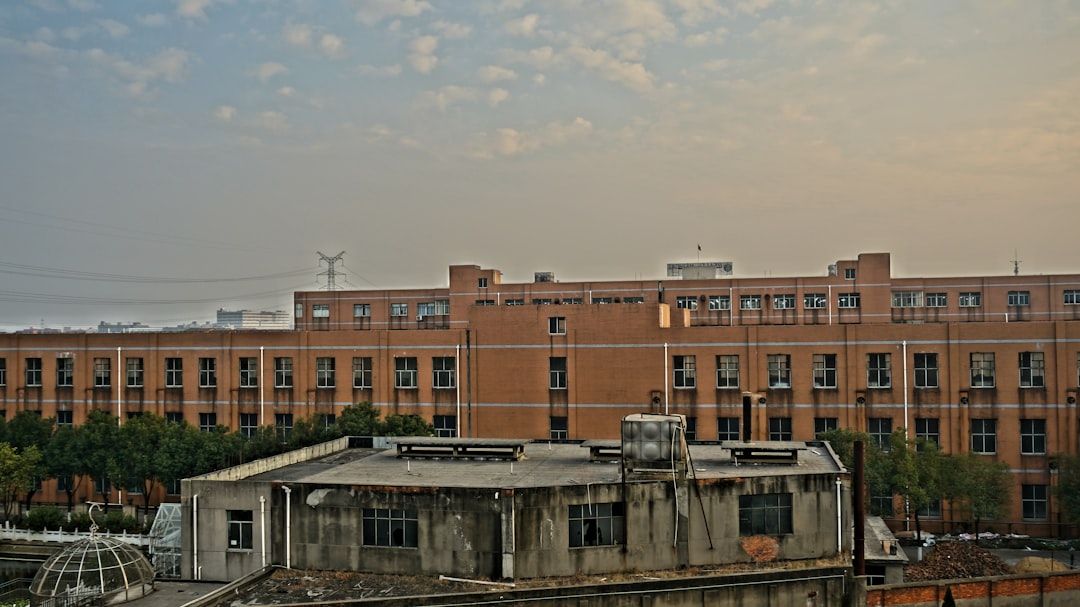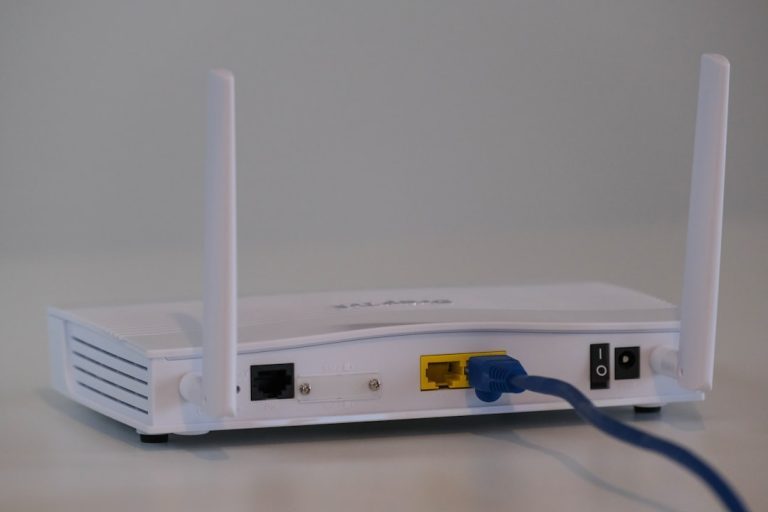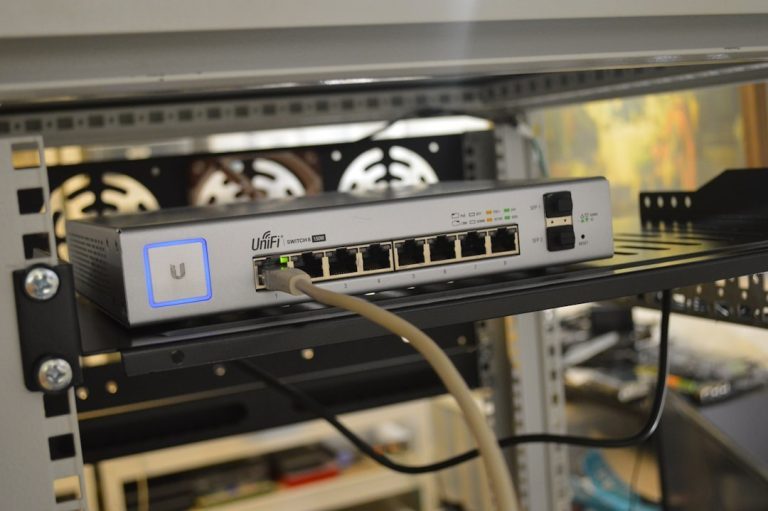In today’s digitally connected world, seamless communication and data flow are critical for both businesses and public organizations. One often overlooked yet highly important infrastructure component that supports this level of connectivity is the IP Metropolitan Area Network (IP MAN). This type of network acts as the vital bridge between local and wide area networks, playing a crucial role in supporting internet access, corporate communication, and urban services.
What Exactly Is an IP Metropolitan Area Network?
An IP Metropolitan Area Network (IP MAN) is a type of network infrastructure that spans a large geographical area such as a city or a metropolitan region. It interconnects multiple Local Area Networks (LANs) within this area and provides fast, reliable internet services and data transport using Internet Protocol (IP) technologies.
IP MANs usually cover areas larger than a single office or campus but smaller than the scope of a Wide Area Network (WAN). These networks are often used by city governments, utility companies, universities, and large enterprises to ensure that different branches and locations can communicate with one another efficiently.

Key Features of an IP MAN
- IP-Based Technology: IP MANs operate on standard IP networking protocols, ensuring compatibility and ease of integration with existing systems.
- High-Speed Connectivity: They utilize fiber optics and high-bandwidth technologies to deliver fast and reliable network performance across urban areas.
- Redundancy and Reliability: Network resilience is built into IP MANs, often with multiple connection paths to avoid downtime in case of hardware failure.
- Scalability: These networks can easily expand to accommodate new users and services, making them ideal for growing cities and enterprises.
How IP MANs Work
At the core of an IP MAN is a series of interconnected switches and routers that carry data between multiple nodes throughout a city. Think of it as a virtual highway system designed for bits and bytes. The physical medium is typically fiber optic cable, offering unmatched speed and bandwidth capabilities.
Data from various LANs in schools, libraries, or government offices is routed via IP MANs using standard TCP/IP protocols. This process helps integrate all connected sites into one centralized framework, allowing for efficient communication, collaboration, and resource sharing.
Common Use Cases
IP MANs are not limited to one sector or industry. Their versatility makes them the backbone of numerous digital operations:
- Education: Universities use IP MANs to link campuses, allowing students and faculty to access shared resources and research tools.
- Healthcare: Hospitals deploy IP MANs to transfer patient data securely between centers and specialists spread across a city.
- Government Services: Municipalities use MANs to support e-governance platforms, traffic management systems, and public Wi-Fi.
- Businesses: Enterprises utilize IP MANs to unify office branches, ensuring secure data synchronization and centralized communication.

Advantages Over Traditional Networks
So what makes an IP MAN stand out when compared to other forms of networking?
- Cost-Effective: Aggregating connections across a city reduces the need for expensive leased lines.
- Better Control: Organizations have more power over their data security and network management, especially with dedicated infrastructure.
- Enhanced Performance: With low latency and high throughput, IP MANs are ideal for bandwidth-intensive tasks like video conferencing and data analytics.
Challenges to Consider
While IP MANs offer numerous benefits, deploying and maintaining them can present some challenges:
- Initial Setup Costs: Building and configuring a city-wide network infrastructure can be costly, especially in densely populated areas.
- Maintenance: Upkeep of large-scale network hardware and ensuring continuous service uptime require skilled personnel and resources.
- Security: With more users and endpoints, MANs become potentially more vulnerable to attacks if not properly secured.
The Future of IP MANs
As urban areas continue to transform into smart cities, the role of IP MANs is becoming even more central. New technologies such as 5G, IoT (Internet of Things), and AI-driven analytics depend heavily on robust, scalable networks. IP MANs are thus likely to evolve to support these demands, incorporating software-defined networking (SDN) and virtualization for improved flexibility, control, and performance.
In conclusion, an IP Metropolitan Area Network is far more than just a large LAN. It’s a strategic piece of infrastructure empowering digital transformation within cities and organizations. By providing scalable, secure, and high-speed connectivity, IP MANs pave the way for innovation and smart urban development.




